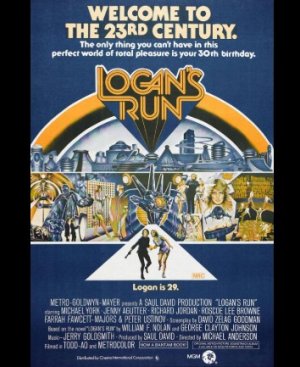ChiroDoc
Senior Member
- Location
- The Dixie Riviera
Heh, heh. Yeah, Blackboard Jungle (1955) was a inner city high schoo social dramal film starring Glenn Ford, Anne Francis, and Sydney Poitier in an early role. At 11 years old, I was totally enthralled by its depiction of rebellious youth; but mostly by the landmark film score song, "Rock Around the Clock" by Bill Haley and his Comets.That's the truth. When I read someone's recommendation I immediately thought of Blackboard Jungle.
But no, this is a caper film. A recently released convict develops a plan to break into a bank vault and steal a million dollars worth of jewels.
The Asphalt Jungle is a great noir which I happened to re-watch a couple of weeks ago. Some commentary:
I've always been a big fan of most of John Huston's work, from The Maltese Falcon (1941) through to Prizzi's Honor (1985). As far as noir films, the former may have been the first mainstream instance of the noir movement in its classic presentation.
Huston's The Asphalt Jungle is one of his better films, especially so as a noir example. Cinematographer Harold Rosson was fresh from filming On The Town (NYC) and Key to the City (San Fran), so he had experience representing the feel and power of big cityscapes, which was on display right from the git-go in Jungle's opening scenes: the post war stylized fedora-wearing mug framed by the enormity of building arches; the shadowy doorways and litter shown in urban alleyways-- mostly filmed in Cincinnati.
As a heist film it was notable for showcasing early variations of the now familiar story mechanics: the gang is formed; the plan is made; the characters are developed; and the complicated burglary is pulled off-- although not without some bad luck. It's also the first time in memory that the thieves must slide on their backs underneath an electronic eye.
In my view the standout performance was by Marc Lawrence, playing the underworld bookie wannabe big shot gangster. His performance never varied or weakened, and was completely believable. Sam Jaffe also gets plaudits as the mastermind ex con, Doc Riedenschneider. And Jean Hagen had a tough part to play as the weak gal named Doll who was head over heels for ex con Dix Handley (Sterling Hayden), and she came through in spades. Hayden himself was convincing as the tough guy who was looking to make a big score so he could return home to buy his family's previous horse farm. Much of Hayden's performance, as well as most of the other cast's, was over-acted by today's standards; but yet they didn't want anyone missing the point in those days.
Louis Calhern did a journeyman's job as the regal but untrustworthy financier of the operation. Calhern's approach was pretty similar most in any role that he played. Anthony Caruso was starting to get notice here as Louis Ciavelli, the expert safe cracker. Much notice has been made of Marilyn Monroe as Calhern's mistress. She certainly exuded allure and raw sexiness as a dimwitted plaything, who eventually causes Calhern's end.
The picture was fairly long for its era, but filled all of its 1' 52" effortlessly. It was nominated for 4 Oscars that year, and remains today as one of our finer noirs.


